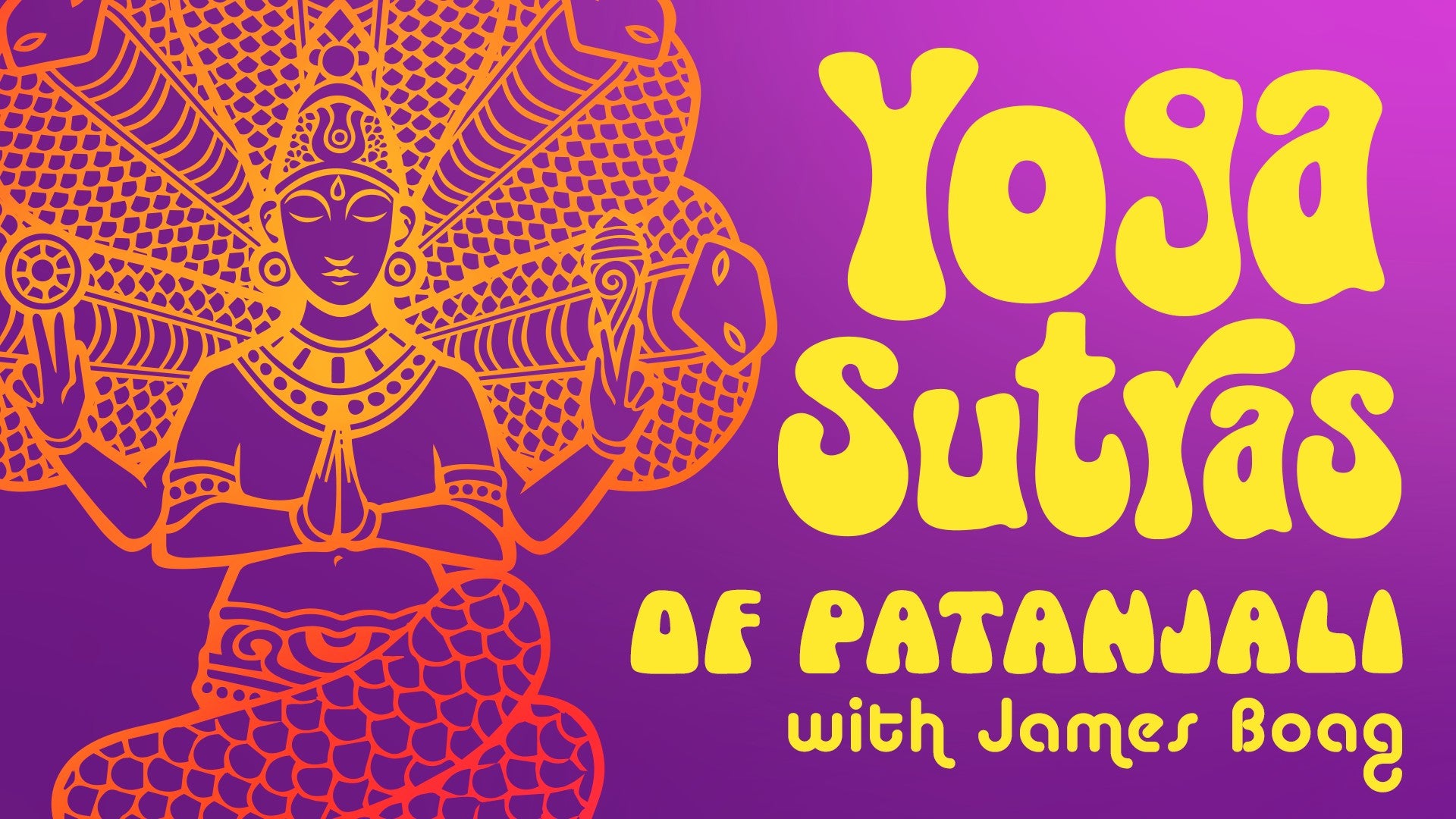Description
About This Video
Transcript
Read Full Transcript
So, Patanjali begins. Now I'm going to tell you all about yoga. And then what is yoga? It is integration. It's bringing all the parts of ourselves into cohesion so that we can recognize the underlying essence, we might say. Now then comes a question. Well, if at my essence, I am this pure consciousness, I am this seeing capacity, this conscious capacity, if that's my innate reality, then why do I not experience it all the time? And so Patanjali says, vritti saru pyaamittaratra, in the fourth sutra. Vritti saru pyaamittaratra. So when we're not in yoga, what's going on? And Patanjali says, at other times when we're not in yoga, basically there is identification with the localized focus of our awareness. When our awareness becomes localized and to a degree fragmented, we start to identify and get caught up with that. And the idea is that over time, when we get one fragmented localized impression compounded on another, we start to have limited ideas about ourselves. But as we go on, through our day to day, we're having all these localized experiences which pull the powers of our awareness into partial experience. And so we have a whole series of partial fragmented or localized experiences. And the awareness moves in lots of different ways, but that's what we identify with. So rather than recognizing ourselves as the underlying pure conscious essence, which is enabling the experience, we get caught up in the individual experiences. And I think this is pretty easy to validate through experience. Sometimes we get identified with what we're doing. And when it goes well, we feel good. When it doesn't go well, we don't feel so good. So we identify with the external things, but not the underlying consciousness that's enabling it. So Vritti saru pyaamittaratra. When we're not in yoga, we're just getting caught up with a limited sense of identity based on a to some degree fragmented localized channeling of the powers of our awareness. Now, how many ways can our awareness get channeled in a relatively localized fragmented way? How many ways can our thoughts and our conscious experience wander? Countless ways, yeah. And here we see one of many examples of Patanjali's jaw-dropping, staggering genius. Because how many ways can our mind get fragmented?
How many ways can our impressions get fragmented? Countless, infinite ways. But Patanjali says vrittaya, panjatai, krishta, krishta. So Patanjali says the movements of the awareness in localized fragmenting patterns, they are five-fold. So all those countless ways that the powers of our awareness could get localized and fragmented, Patanjali breaks it down into just five. And being Patanjali, being very clear, precise, thorough, and quite logical, guess what comes next? He's going to tell us what they are. Premana, viparyaya, vikalpa, nidra, smritayaha. So these are the five vrittis. These are the five ways that the powers of our awareness can vritt, can move, in a localized fragmenting pattern. I'm not going to say what they are inside here. Let's leave it for Patanjali to define.
Yoga Sutras of Patanjali: Start Where You Are
Comments
You need to be a subscriber to post a comment.
Please Log In or Create an Account to start your free trial.














